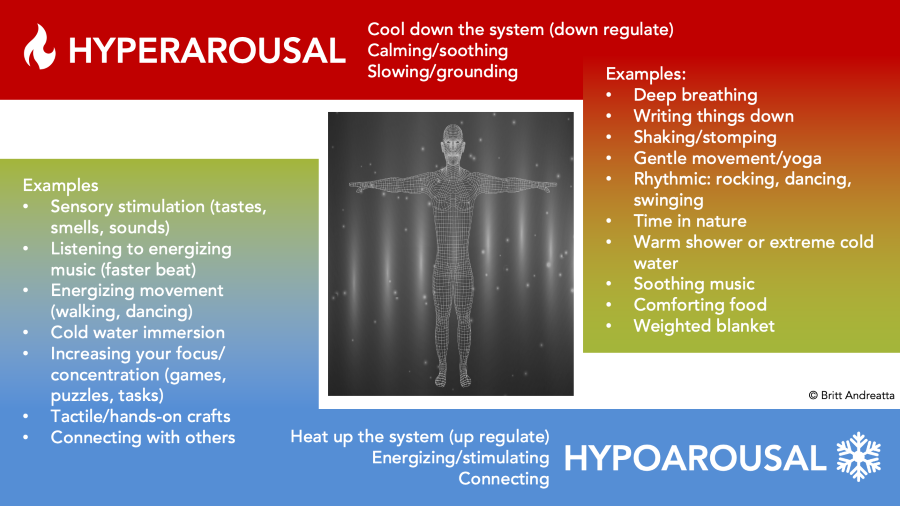

Emotional intelligence (EQ) goes beyond mere people skills—it is a specific type of intelligence that differentiate 90% of top performers. EQ encompasses a person’s ability to understand and manage their emotions, and effectively connect with others while building healthy relationships.
At work, EQ is what allows a person to pick up on shifts or tension in a group, and have a toolkit of skills for diffusing it. EQ is what we tap into when we are able to connect with people regardless of surface-level differences.
Unfortunately, emotional intelligence is often mislabeled as being a “people person” or charming and charismatic, which leaves many believing it’s something you either have or don’t. But the truth is, emotional intelligence is the set of skills needed to accurately gather emotional data and effectively use it to solve emotional challenges and build effective relationships with others. Like it any, it can be learned and improved with practice.
The following are four defining qualities that highly emotionally intelligent people possess. These qualities not only contribute to personal growth but also pave the way for success in every area of life. Understanding and knowing these qualities will allow you to begin to nurture them in yourself.
Self-control is the cornerstone of emotional Intelligence. The key to self control is having strategies to manage yourself in a variety of situations, particularly stressful ones. Dr. Dan Siegal identified what he termed the window of tolerance. When you're within your window, you are calm and function effectively in personal and professional settings. You might feel tense before a presentation or meeting but you can handle it and afterwards, you calm down again. However, when events exceed your window, we can be pushed into two zones of dysregulation.
On one side is hyperarousal—where we have increased reactivity and experience emotions like anger, anxiety, and overwhelm. On the other side is hypoarousal, where we shut down, withdraw and experience emotions like numbness, exhaustion, disconnection, or depression.
People with high EQs recognize when they have moved into these zones of dysregulation and they take action to bring themselves back. See this chart of examples.

Examples:
Examples:
High EQ people also consistently engage in behaviors that keep their window as wide as possible like getting quality sleep, eating nutritious food, spending time in nature, developing a network of supportive friends, and using resources like therapy or coaching.
Parents and teachers can teach children these skills and strategies, helping them to grow up to be highly emotionally intelligent adults.
People with high EQ know that triggers and amygdala hijacks are part of the human experience and intentionally prepare for them. They don’t allow themselves to be controlled by the most primitive part of their brains.
How? First, you must anticipate what or who is likely to be a trigger for you. This requires you to reflect on past situations and be honest with yourself. With that knowledge, you can choose to avoid certain situations, or prepare yourself to deal with them using something I call a fire drill. Just like real fire drills help you escape and survive a structural fire, you need a clear plan for managing the triggers that set off emotional fires. To create your plan, consider these questions:
Building an awareness of your triggers will increase your awareness of when others may also be triggered. Seeing the signs in others can help you know when to step back or allow them time to leave and self-regulate.
High-EQ leaders know that triggers are often at the heart of workplace conflicts between colleagues. Performance reviews can also trigger people as they replicate old experiences of being “in trouble” with authority figures like teachers or parents. Leaders have the ability to model and teach their team these vital skills that enhance team cohesion and performance.
While self-reflection and self-awareness are critical components of emotional intelligence, understanding others and building positive relationships is equally crucial. Some people think that if they are shy or more quiet, they won’t be able to excel at this aspect of EQ but that’s not true. Positive relationships are built on authenticity, extending empathy to others, and communicating effectively, none of which are related to outgoingness.
As you increase your self-awareness, it will become easier to identify similar qualities in others like their emotions, values, strengths, and triggers. Above all, It’s important to recognize that humans are wired to belong—to be part of a community and form meaningful bonds. In fact, entire structures of our neurology are dedicated to helping us understand one another. Developing your skills to connect and cultivate positive relationships benefits everyone in your community.
High-EQ individuals are often promoted into positions of leadership. Consider these statistics:
Once in leadership roles, high-EQ leaders often engage in behaviors that inspire others. This may sound intimidating, but don’t confuse leadership with charisma. At the core of an inspirational leader is a sense of purpose. When you care deeply about a purpose, others feel your authenticity and are inspired by your commitment.
High-EQ leaders are able to articulate their vision to others. It doesn’t have to be grand and showy—just clear and compelling. What’s more, their purpose can be seen not just through their talk, but through their walk as they take action every day. Studies show that even when others don’t agree with your ideas, they can still be inspired by your commitment and integrity.
The ability to inspire is crucial. Purpose-driven organizations are the future of work. McKinsey found that 70% of today’s workers define their sense of purpose through their jobs. And Millennials, Gen Z, and Gen Alpha are incredibly drawn to doing meaningful work. All to say, the more inspiring your leadership, the better you will attract and retain talent that shares your passion for purpose and serving the greater good.
Although there are many additional components of EQ, mastering these four are a great place to start. Remember that individuals with high emotional intelligence are not born, they are developed. Taking the time and effort to invest in your development will unlock undiscovered potential in every arena of your life.
And as more employees become emotionally intelligent, organizations stand to gain benefits like increased performance and productivity, higher quality products, better customer service, and happier employees. It’s no surprise that companies that prioritize increasing emotional intelligence are 22 times more likely to perform better than companies that don’t.